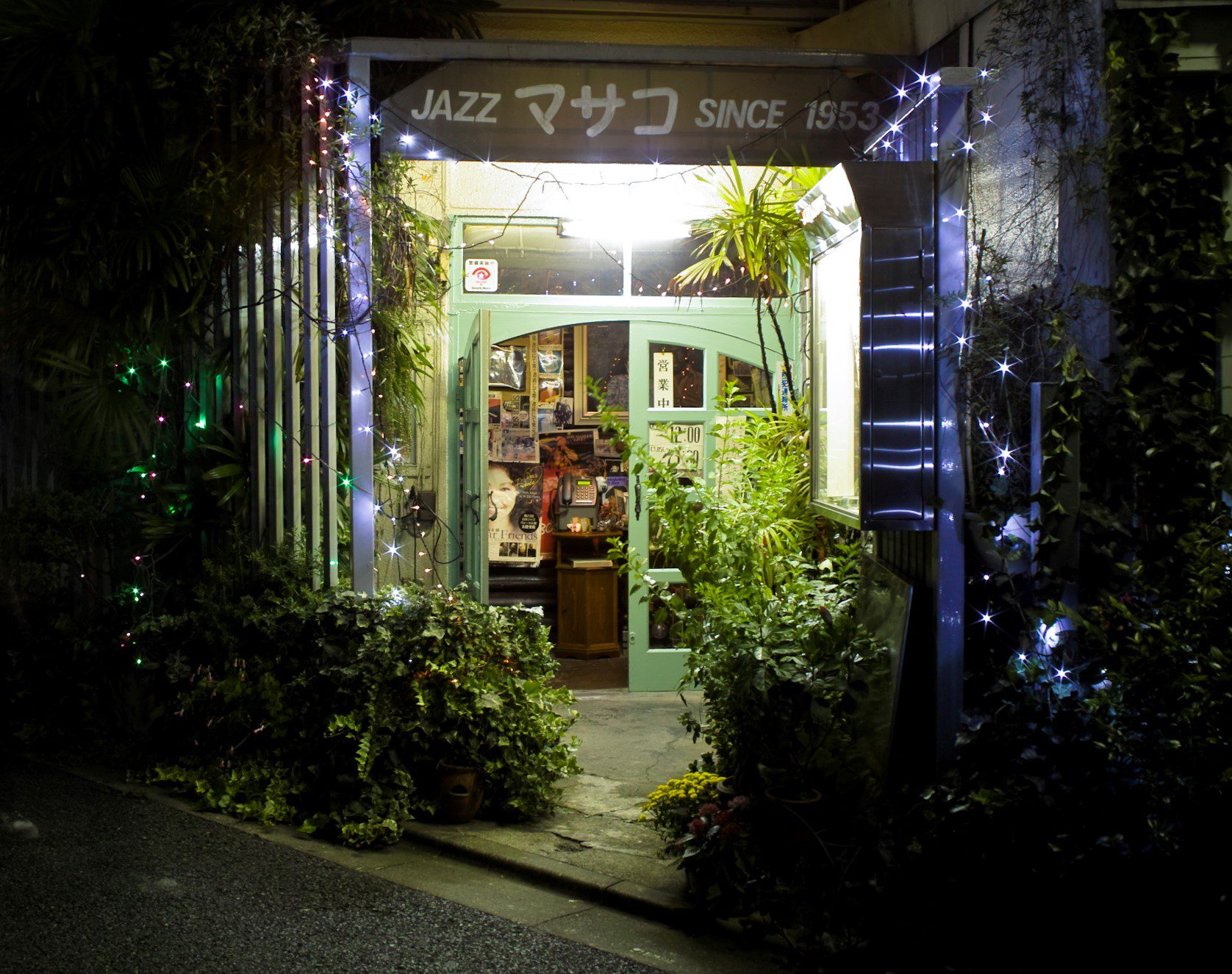
Welcome to the inaugural feature of our new column, Hi-Fi Havens, where we’ll explore the world’s most captivating high-fidelity cafés, lounges and listening places. Each edition will take us to a new city, uncovering the local spots where music isn’t just background noise but the main event, played on systems that turn listening into a near-sacred experience. Our journey begins in Japan, the birthplace of this genre, where the art of deep listening has flourished in the form of the jazz kissa. These uniquely Japanese listening bars blend the rich heritage of vinyl, the precision of audiophile-grade sound systems, and the ritual of immersive music appreciation.
Jazz Kissa, a uniquely japanese concept
Beneath the neon pulse of Tokyo’s electric skyline, a quieter, more soulful heartbeat thrums. Hidden in plain sight on bustling streets and discreet alleyways, you’ll find the portals to an era where vinyl ruled and jazz was king. These are the jazz kissa—Japan’s iconic jazz cafés—an intimate confluence where the meticulous Japanese tradition meets the improvisational spirit of American jazz. A step inside is a step into another world: one of dimly lit rooms filled with the rich aroma of coffee and the deeper scent of old vinyl, where every note of a saxophone solo is a thread in the fabric of a uniquely Japanese tapestry. This is more than a bar or a café; it’s a cultural sanctuary, a living archive of musical lore, and a testament to the timeless allure of jazz. So, pull up a chair, order a darkly brewed coffee, and prepare to lose yourself in the story of Japan’s most melodious secret.
The tale of Japan’s jazz kissa begins in the late 1920s, nestled within the country’s burgeoning fascination with Western culture. As coffee culture flourished, so too did a new musical curiosity through ongaku kissa, or “music cafés.” These spaces, unique to the urban landscape of Japan, initially broadened public access to Western music at a time when live performances were heavily regulated. The first true jazz kissa likely appeared in 1929, cultivating an atmosphere where aficionados gathered not just to listen, but to deeply engage with jazz—a genre still novel to the Japanese ear.
The landscape of jazz kissa, however, faced a stark interruption during World War II, with many establishments closing and losing precious record collections to air raids. Despite these losses, the post-war period marked a vibrant resurgence of jazz kissa, catalyzed by a scarcity of live jazz performances and local recordings. These venues emerged as cultural lifelines, providing access to expensive imported jazz records that were otherwise out of reach for most Japanese music enthusiasts. Jazz kissa became essential educational hubs where patrons could immerse themselves in the latest sounds from America, guided by the insightful introductions of each record by the kissa masters. This era solidified the role of jazz kissa as both a refuge and a beacon of cultural exchange, drawing in a mix of musicians, critics, and jazz lovers, eager to explore the depths of this captivating art form.

The Immersive Listening Experience
The jazz kissa is more than just a venue for music; it’s a cultural phenomenon that embodies the meticulous care and profound respect for tradition that are hallmarks of Japanese society. These establishments serve as communal havens where the art of listening is practiced with almost religious reverence. In a society known for its rapid technological advances and bustling urban life, jazz kissa stand as serene islands where time slows and the modern world’s noise fades away. Here, the ritualistic engagement with jazz goes beyond entertainment, becoming a formative educational experience that teaches patrons about musical history, sound appreciation, and the cultural intersections of East and West.
Entering a jazz kissa, one is immediately enveloped by an atmosphere designed to enhance the auditory senses. The dim lighting, the strategic layout of seating all facing state-of-the-art sound systems, and the walls adorned with iconic album covers all contribute to an environment that prioritizes deep, focused listening. Patrons are encouraged to engage with the music in a manner that is intensely personal yet shared among the attendees. The kissa master, often an avid jazz enthusiast themselves, curates a playlist that is not just heard but experienced. Each record played is a lesson in jazz’s rich tapestry of styles and histories, with the master occasionally pausing to elucidate on a track’s significance or the biography of a standout musician.
In this immersive setting, the senses are further engaged by the kissa’s offerings of meticulously brewed coffee and finely crafted cocktails, each chosen to complement the sonic journey. The act of sipping a dark espresso or a smooth whiskey becomes part of the ritual, enhancing the overall sensory experience and deepening the connection to the music. As the night unfolds, patrons travel through different eras and sub-genres of jazz, from the bebop of the 1940s to the avant-garde movements of the 1960s, each selection offering new insights and emotional resonances.

Modern-Day Relevance & Global Influence
Despite the widespread availability of digital music and the decline in vinyl sales globally, jazz kissa have shown remarkable resilience, adapting to the changing tastes and technologies of the times while preserving their core essence. In contemporary Japan, while the number of traditional jazz kissa has decreased from their peak in the mid-1970s, those that remain are cherished relics of a bygone era. They continue to serve as cultural repositories where the ritual of vinyl listening is preserved. In response to shifts in the music and hospitality industries, modern jazz kissa have diversified their offerings, including lighter decor, lower volume settings, and an expanded menu that includes alcoholic beverages, appealing to a new generation while retaining the devoted audiophiles.
The unique concept of the jazz kissa has transcended Japan’s borders, inspiring the creation of listening bars around the world. These venues emulate the Japanese attention to acoustic detail, quality of music, and the atmospheric depth that defines the traditional jazz kissa. From London to LA, these listening bars cultivate a similar ethos, prioritizing the quality of sound and the purity of listening experience, thus introducing the jazz kissa culture to a global audience.
As the world becomes increasingly digital, the human connection to music risks diminution; here, jazz kissa offer a compelling antidote. They remind us of the value of community, the richness of shared experiences, and the profound impact of truly listening—not just hearing—music. Looking forward, jazz kissa not only stand as guardians of cultural heritage and musical appreciation but also as potential models for the future of music consumption in an era characterized by fast-paced digital change. Their enduring allure suggests a continuing role in shaping not only Japan’s cultural landscape but also the global appreciation of the art of music listening.
If you’re interested in reading more, here are some very interesting articles.
Inside Tokyo’s audiophile venues
With a rich network of sound-obsessed cafés, bars and small clubs, Aaron Coultate explains why Tokyo might be the best place in the world to listen to music.
One kissa is all it takes: Tokyo’s finest jazz haunts – in pictures
Jazz kissa are niche Japanese cafes stacked with whisky, vinyl and high-end audio systems. Philip Arneill captured their unique charm.
Bar Martha, Tokyo, where the customer isn’t always right
There are few places in Tokyo as polarising as Bar Martha. Online reviews congregate heavily around both ends of the scale and, depending which you listen to, it is either the “worst experience in Tokyo” or “brilliantly unapologetic” and “coolest place in the city”.
Meikyoku Kissa Lion – Tokyo’s Baroque cinema of sound
A throwback to another age, Lion café is a two-storey audiophile listening theatre, dedicated to classical music. With custom-made, 3-metre high wooden speakers and a no talking policy, this 93-year-old establishment is one of the most unique places to hear records in the world. VF sent Joanna Kawecki to pay a visit.



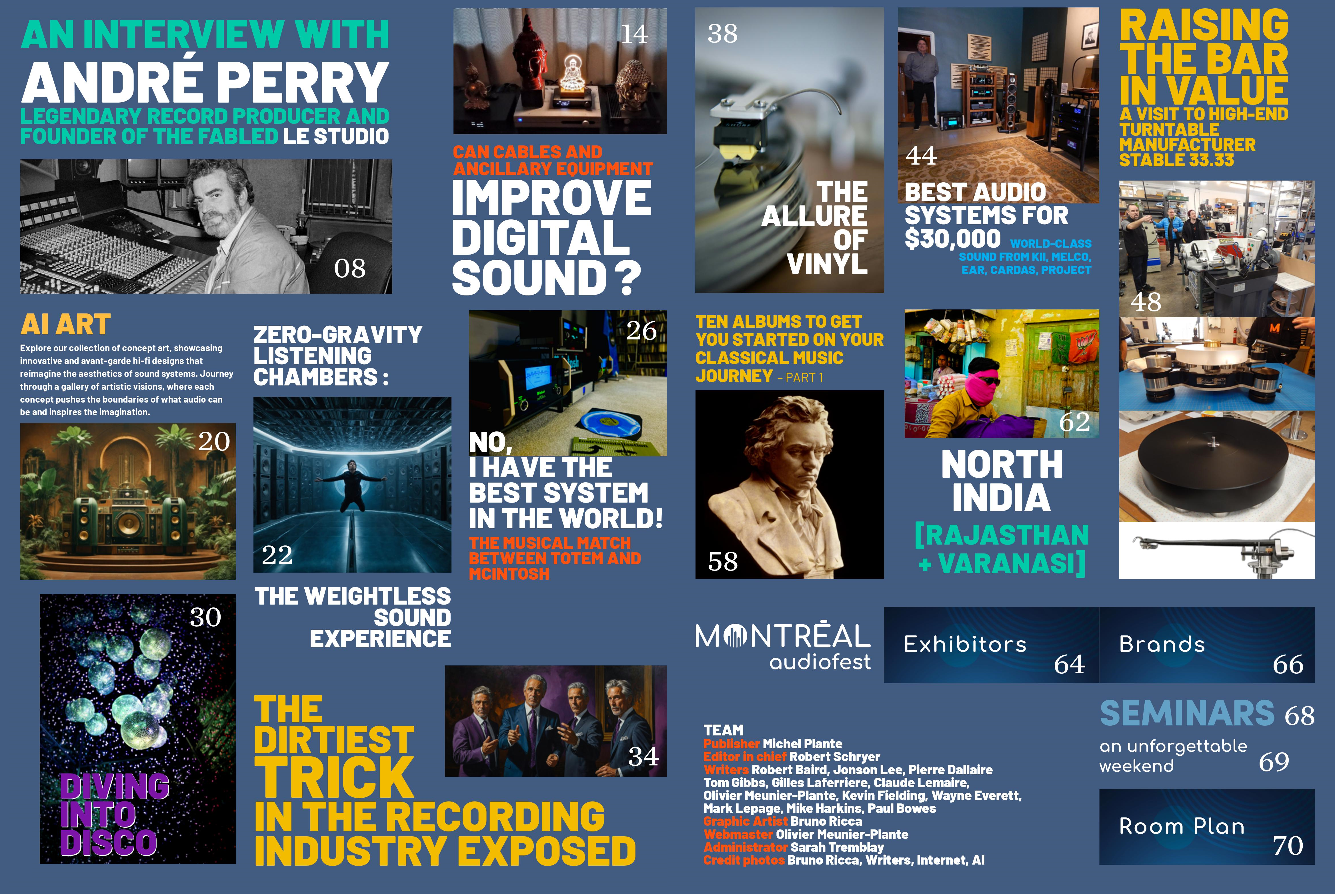
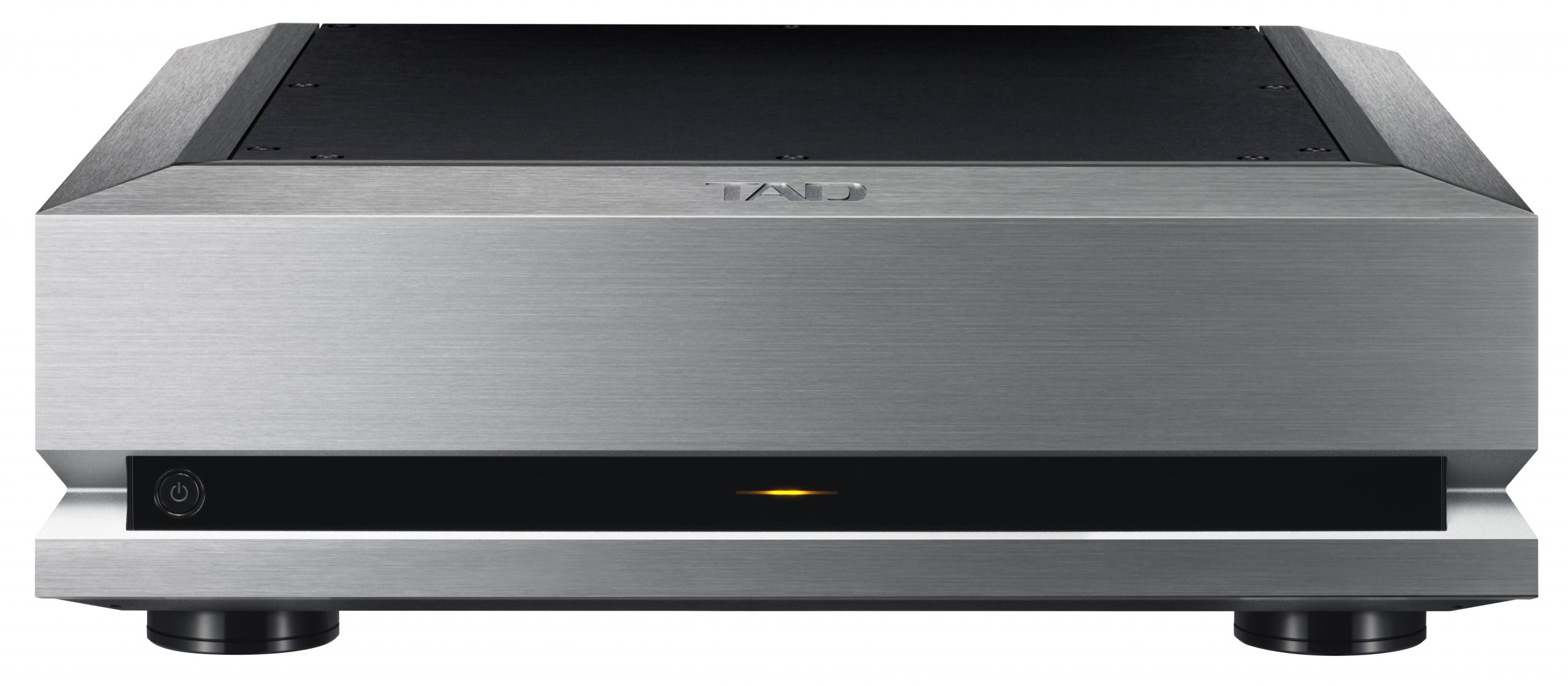
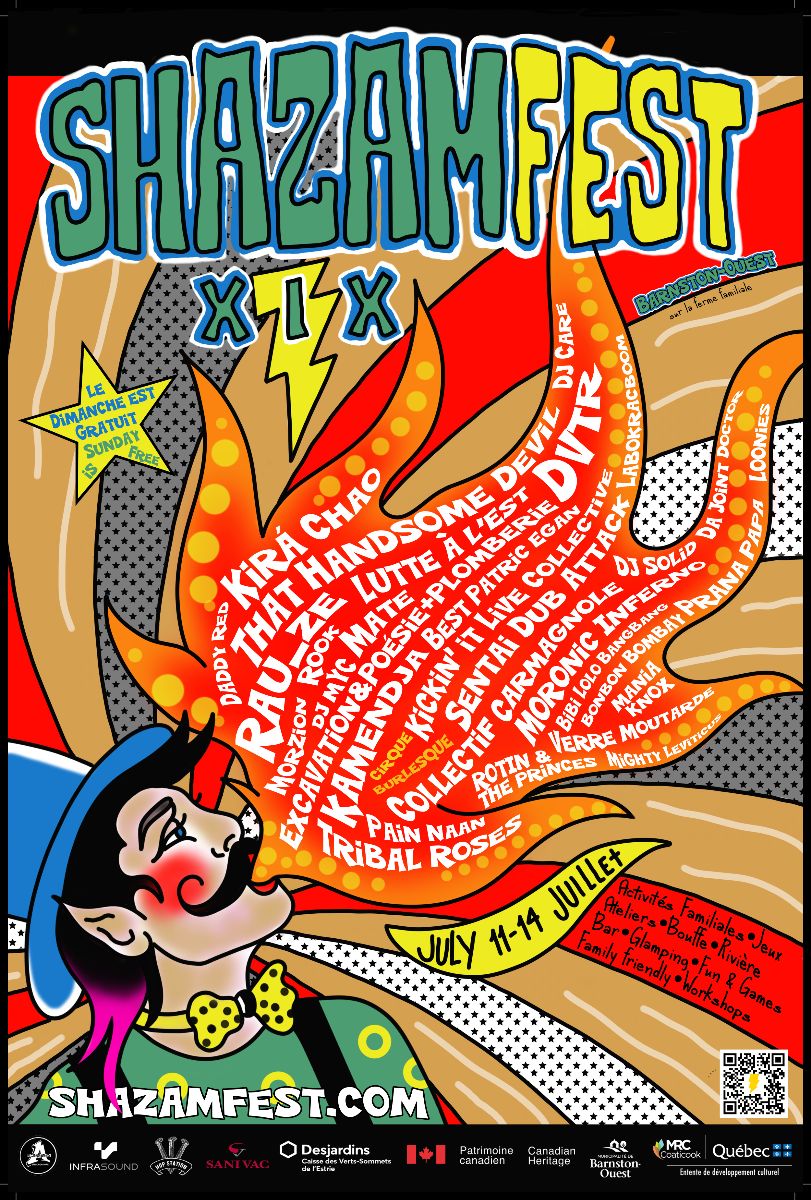
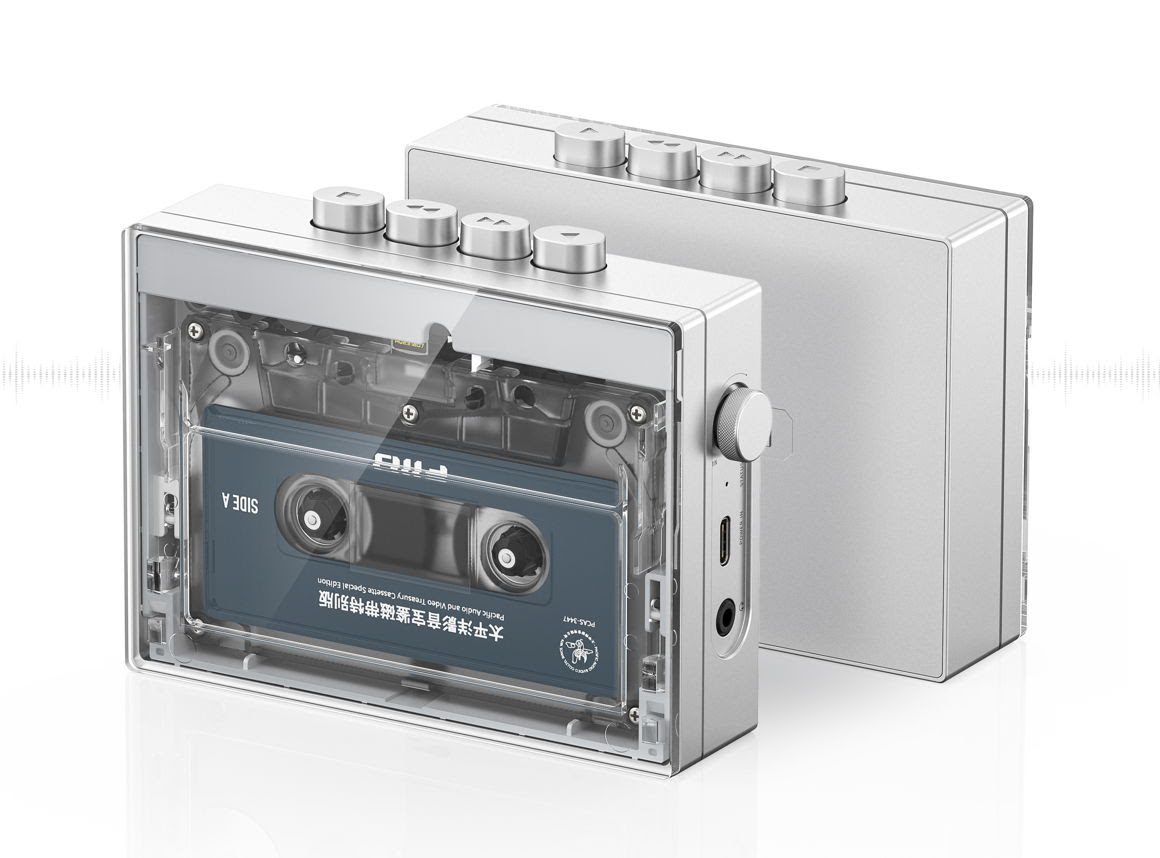

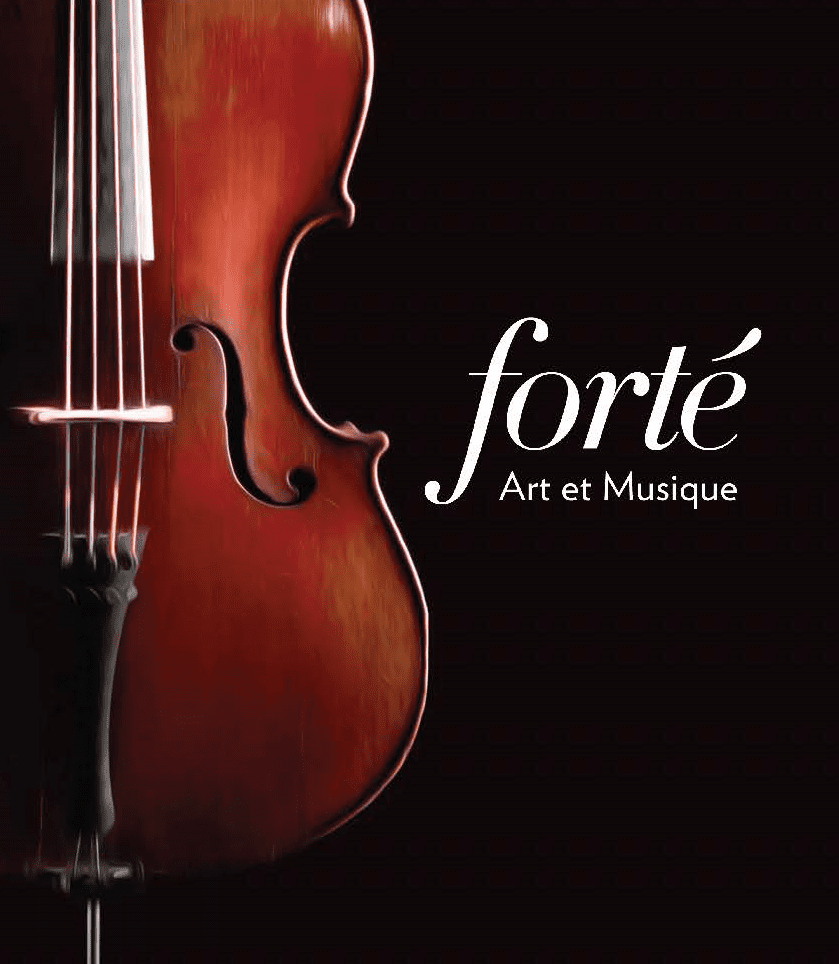
Leave a Reply